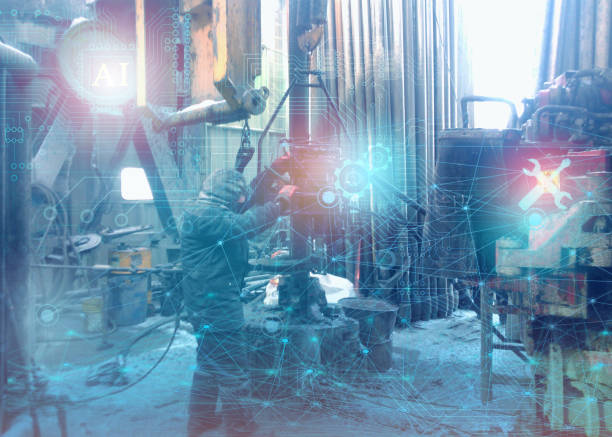Innovation and Leadership in Forging

Q1. Could you start by giving us a brief overview of your professional background, particularly focusing on your expertise in the industry?
Presently, I am a freelance consultant for the forging field industry. I retired as a vice president in October 2019. I worked at Bharat Forge Ltd. I have 41 years of experience as a Visionary and influence leader in the forging field.
Work Field Experience
Head of Business and Operations, including Marketing, Sales, Die Design and Engineering, Production Planning, Production, Processing, Heat Treatment, Quality, Customer Relations and Services, and Projects, installation of new projects.
Expertise
Forging technocrat (Hammers and Presses) 2kg to 3000 kg forging processes, Extrusion, Sheet Metal, Ring Rolling, Automation, and robotic Press line and Hammer line.
Special Forging Process: Stainless Steel, Titanium, Aluminum, Tool steel, Maraging Steels, and other steels. trained AI, IR 4.0, ISO/TS, Nadcap, Six Sigma.
Forging Products field: Automotive, Railway, Marine, Oil and Gas, Earthmovers, Aerospace, Defense, coal industry, Wind industry and others.
Q2. How are forging companies adapting product lines to handle advanced materials and tighter geometric tolerances required in the aerospace and automotive sectors?
A family of product lines for high volumes, Multiple Product lines for different products, and Special lines for Low volumes to handle advanced materials and processes.
Q3. What key factors are driving and/or hindering the adoption of Industry 4.0 in forging?
Initiate skill adaptability by training workforces, such as implementing government initiatives like Skill India, Digital India Programmes, and Technology expansions.
Q4. What percentage of forging firms have achieved zero-waste manufacturing or are actively recycling steel, aluminum, and titanium byproducts? What incentives are they leveraging to fund lean and sustainable transformations?
General waste: I guess many are moving towards the recycling waste industry. However, all waste metals of scraps rejected are recycled for remelting, such as steel, aluminum, and titanium.
Q5. Which materials are emerging as game changers, and what is their adoption rate across Tier 1 suppliers?
Micro Ally, Special Steels, Stainless steel, Aluminium, Titanium.
Q6. What are the integration challenges for legacy forging operations when adopting Industry 4.0 systems — and which solution providers are bridging the gap effectively?
The required skills, digital knowledge, technology, and innovation. Within the source, it must adopt change, be flexible and scalable to meet customer demand, get real-time data, use cloud computing, and have an integration facility through IIoT on existing facilities as value is added.
Many companies developing these implementation facilities as outsourced are available, like SAP, Simons, Wipro Sisco, Accenture, and R Bosh.
Q7. If you were an investor looking at companies within the space, what critical question would you pose to their senior management?
In high-complexity and high-value-added products, I would like to learn about Technological provision, Research, and Solutions providers, such as changing product and process designs by using a high-level simulation facility.
Comments
No comments yet. Be the first to comment!
